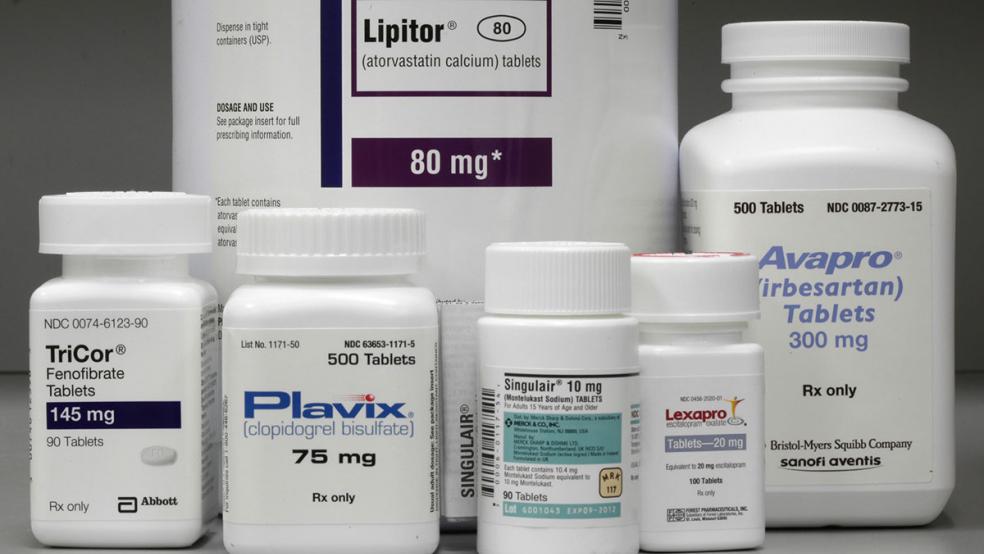Medicare has spent more on brand-name medications in recent years even as the program’s beneficiaries filled fewer prescriptions for such drugs, according to a new report by a government watchdog.
The study by the Department of Health and Human Services’ inspector general found that the number of prescriptions for brand-name medications filled under Medicare’s Part D drug program fell by 17 percent from 2011 to 2015.
Yet the reimbursement cost of those prescriptions increased by 77 percent, from $58 billion to $102 billion. Even after accounting for drug manufacturer rebates, reimbursements still rose by 62 percent — and, over time, the percentage of drugs for which manufacturers provided rebates shrank.
The report found that the average cost of every pill, capsule or milliliter of drug being dispensed rose by 29 percent over the five years studied, and about half of brand-name drugs reimbursed throughout that period saw costs rise by at least 50 percent. As a result, Medicare spent $12 billion more on those same drugs in 2015 than in 2011. Overall, the cost of brand-name drugs grew nearly six times faster than the rate of inflation over the five years.
It wasn’t just the federal government getting squeezed by rising prices. Medicare beneficiaries paid more out of pocket, too, with average annual costs climbing by 40 percent, from $161 in 2011 to $225 in 2015. The percentage of beneficiaries facing annual out-of-pocket costs of $2,000 or more nearly doubled over the five-year span.
While new specialty drugs with eye-popping prices have drawn attention and scrutiny in recent years, the report notes that the high cost of the most commonly prescribed drugs — typically maintenance drugs to treat chronic conditions — is a particular problem for Medicare and program beneficiaries. The average costs for the 200 most commonly prescribed brand-name drugs rose nearly twice as fast as the overall rate of increase (57 percent vs. 29 percent). Medicare beneficiaries’ total out-of-pocket costs were highest for brand-name insulins, cholesterol-lowering drugs and asthma inhalers.
“Because maintenance drugs are typically used to treat chronic, long-term conditions, increasing reimbursement for these drugs will continue to affect Part D and its beneficiaries for years to come,” the report concludes.
About 43 million Medicare beneficiaries have prescription coverage under a Part D plan.
Here are the 10 brand-name drugs with the highest Medicare costs increases from 2011 to 2015:







